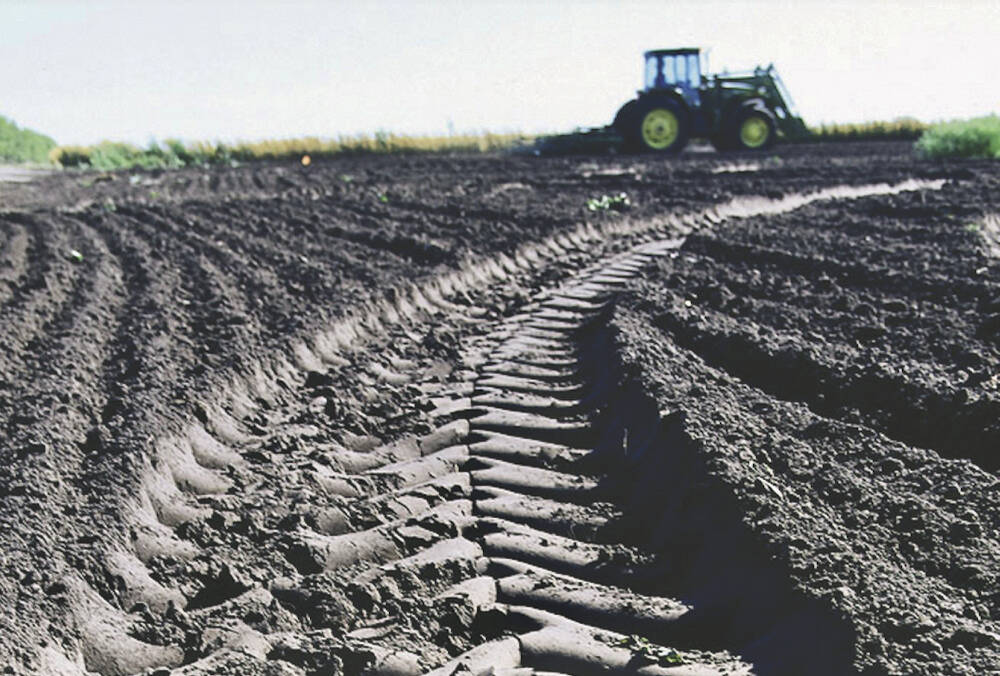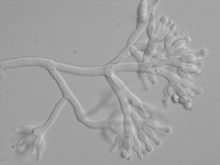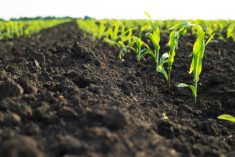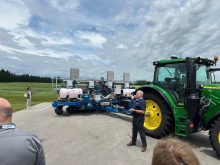When he started speaking with farmers about soil compaction, Ian McDonald says many viewed it as “something that just happened,” rather than an issue which can be mitigated by forward thinking.
Why it matters: Soil compaction can lead to increased input costs or reduced yield.
The cropping innovation specialist with the Ontario Ministry of Agriculture, Food and Agribusiness (OMAFA) says the bottom line is that soil compaction will cost a heavy toll in the long run.
Read Also
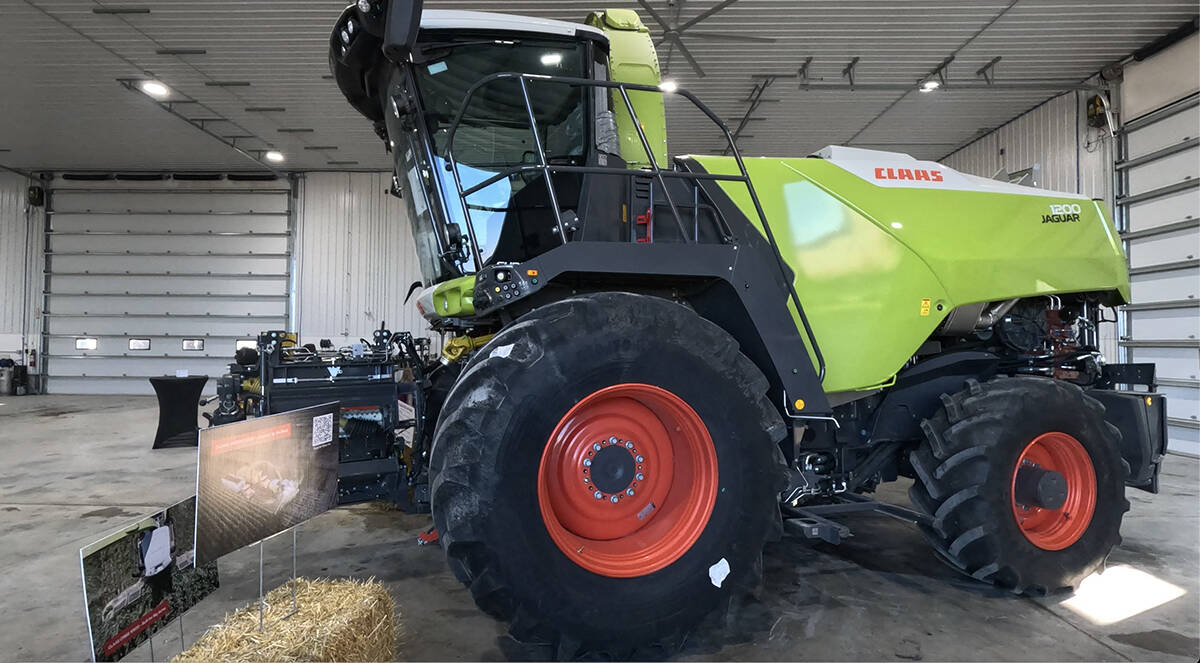
Claas brings 1000 Series SP forage harvesters to Canada
In mid-August, Claas unveiled its new line of Jaguar forage harvesters at an event in Visalia, California, deep in the heart of that state’s dairy region.
“It [soil compaction] causes these kinds of problems throughout the landscape and it really comes down to each of those contribute either to increased input costs or reduced yield,” he said.
McDonald was joined by Alex Barrie, OMAFA soil management engineer for a panel discussion at the Eastern Ontario Crop Conference in Kemptville last month, where they laid out practical solutions to soil compaction while warning of potential long term damages.
Soil compaction squeezes the air and water out of the soil, reducing yields and overall soil health. Once you have reached a compaction depth of 20 inches, the damage to the soil becomes practically impossible to repair, warned Barrie.
“There’s really not much you can do once you’ve hammered a compactive layer of 20 inches, other than rip it and pray, try to get some roots to it,” Barrie said.
Some simple solutions are available for farmers to prevent these outcomes, according to McDonald.
“Lower the weight, lower the water, lower the air … reduce axle weights and total load, avoid wet soils.”
However, the big dilemma revolves around practicality, said McDonald. While he understands specific situations where farmers do not have the time to follow every mitigation solution, he encouraged them to be more conscious about the possible ramifications from soil compaction.
“Some people are in snow country, they can’t afford to wait, some people don’t have the manpower to be able to run two smaller buggies,” said McDonald. “There’s lots of reasons why we can’t do things. All I’m asking is that you think about the types of things that you’re doing.”
Grain buggies, manure spreaders and self-propelled sprayers are the worst soil compaction culprits, according to data compiled by McDonald and Barrie.
Barrie suggested 20 PSI is what most farmers should be aiming for, but adds that the variability of soil quality means there is no one size fits all solution.
“If you can safely go down to a lower tire pressure, you’re already doing yourself a favour if you can take some weight off of each of those tires by either adding axles or adding more tires to duals or otherwise,” Barrie says.
Soil can look perfectly dry on the surface, but be deceivingly moist 20 inches below, according to Barrie.
“If you’ve got a load that’s heavy enough to put a squish to that layer of wet soil, well you’ve set up a good situation to really consolidate that, and you wouldn’t know any better,” Barrie said.
Tile drainage was also highlighted as an especially important mitigation tool, though Barrie said it is incredibly challenging to have fields drained in the spring, yet moist for the growing season.
New technologies for farming equipment on the horizon could also mitigate soil compaction by lowering weight and traffic, according to a visibly giddy McDonald.
He spoke about German company Nexat’s 60-feet wide tool carriers, which would drastically decrease weight and traffic. While he said the company is facing some financial challenges, testing in North America should be coming in 2025. McDonald also brought up the 360 Rain irrigation system, a fully-autonomous fertilizer machine that would also reduce the risk of soil compaction.
“It’s just amazing what’s coming,” he says.



